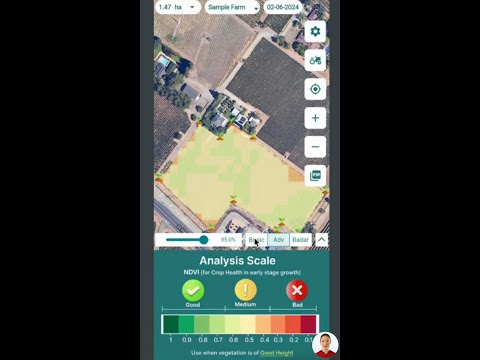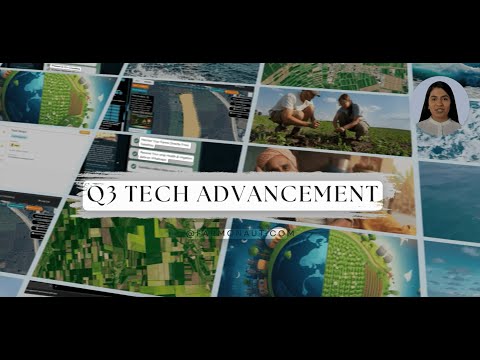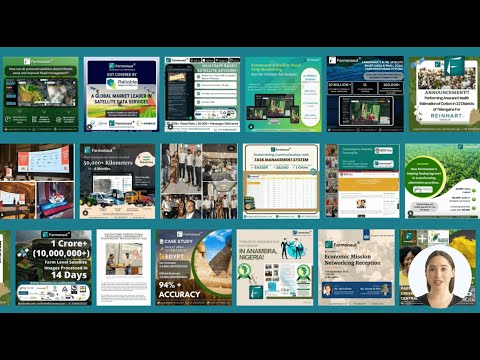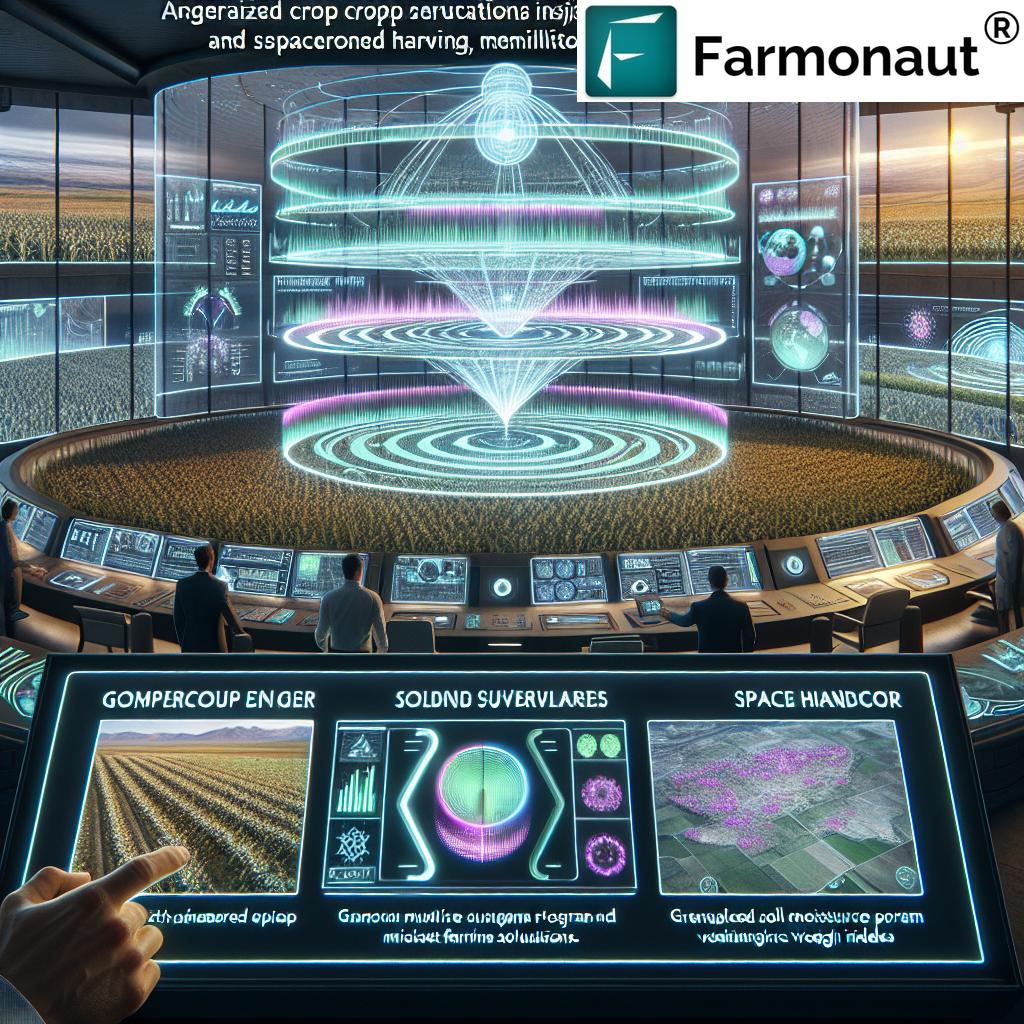Navigating US-EU Trade Relations: Addressing Non-Tariff Barriers and Regulatory Challenges
“The 2025 National Trade Estimate Report highlights multiple EU regulations affecting US exports, impacting billions in trade value.”
In the complex world of international trade, the relationship between the United States and the European Union stands as a critical cornerstone of global economic stability. As we delve into the intricacies of US-EU trade relations, we find ourselves navigating a landscape fraught with non-tariff barriers and regulatory challenges that shape the future of transatlantic commerce. In this comprehensive analysis, we will explore the nuances of these trade issues, examining their impact on American exports, the international trade deficit, and the delicate balance between national interests and global trade.
Understanding the Current State of US-EU Trade Relations
The United States government has recently signaled a willingness to discuss potential steps the European Union could take to alleviate tariffs announced earlier this year. While this openness appears promising on the surface, a closer examination of U.S. complaints reveals a complex situation potentially driven by political considerations as much as economic realities.
At the core of U.S. concerns, as outlined in the 2025 National Trade Estimate Report on Foreign Trade Barriers, lies a focus on non-tariff barriers – perceived obstacles hindering American exports to the EU. However, it’s crucial to note that many of these alleged barriers apply equally to both American and European companies operating within the EU, raising questions about the nature of these challenges.
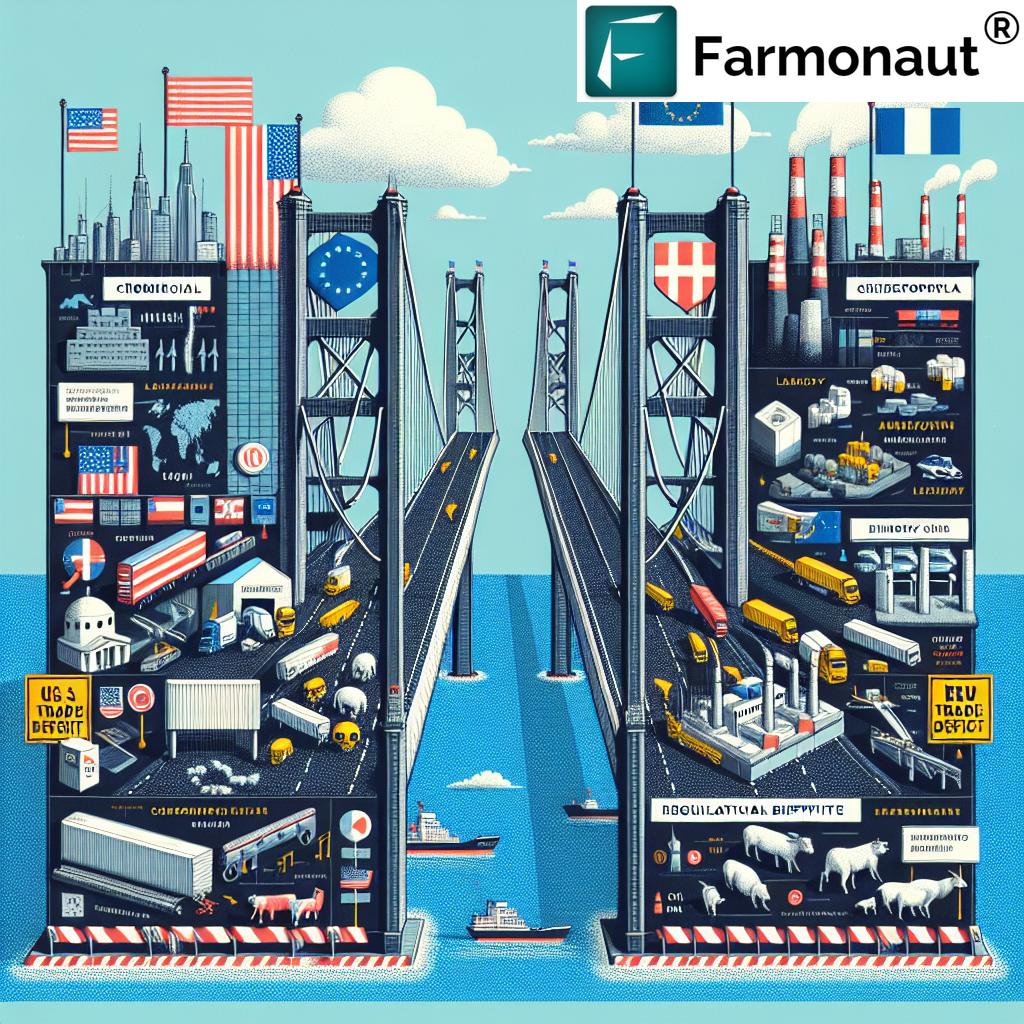
The Crux of the Issue: Differing Standards and Regulations
One of the primary challenges in US-EU trade relations stems from differing standards and regulations across various sectors. For instance, the EU restricts the use of hormones and certain chemicals in livestock farming. These regulations apply uniformly to all companies, regardless of their origin, raising an important question: Should the EU align with U.S. standards, or vice versa?
This difference in standards does not inherently constitute discrimination; rather, it’s akin to differing electrical outlet standards between countries. Each region has developed its regulatory framework based on its own priorities, scientific assessments, and public concerns. Understanding these differences is crucial for companies looking to navigate the complexities of international trade.
For agricultural businesses grappling with these regulatory differences, tools like Farmonaut’s crop plantation and forest advisory services can provide valuable insights. These services help farmers and agribusinesses adapt their practices to meet different regional standards while optimizing their production methods.
Transparency and Procurement: Areas for Improvement
While many of the trade barriers are rooted in differing standards, some constraints within the EU could indeed benefit from elimination. These include issues related to fair competition, such as a lack of transparency in public procurement processes in some Eastern European nations, including Croatia, Greece, and Hungary. American companies have voiced concerns about the slow pace of Italian bureaucracy in granting investment permits for energy, infrastructure, and medical projects.
These issues, while not necessarily representing discrimination against U.S. firms, do highlight areas where improvements in transparency and efficiency could benefit all parties involved in international trade. Addressing these concerns could lead to more robust competition and innovation in the European market.
Instances of Genuine Discrimination: Few but Significant
Genuine instances of discrimination in US-EU trade relations are relatively few, but they do exist and warrant attention. One notable example is the EU’s preference for European companies in defense procurement. However, it’s important to contextualize this policy shift, which is partly attributed to a perceived unreliability of the U.S. as a consistent ally – a sentiment fueled by events such as the discussion surrounding Greenland.
This example underscores the complex interplay between trade policies and broader geopolitical considerations. As we navigate these challenges, it becomes clear that addressing trade barriers often requires a nuanced understanding of both economic and political factors.
The International Trade Deficit: A Complex Picture
A significant aspect of the US-EU trade relationship is the long-standing U.S. trade deficit with the EU. However, it’s crucial to note that many of the listed complaints in recent trade reports are based on recent EU documents. Given the historical nature of this deficit, it’s likely that many of these concerns are not directly linked to the deficit itself.
Even if all points of contention were resolved, the U.S. trade deficit would likely remain significant. This reality suggests that if U.S. management views the deficit as irrefutable evidence of discrimination, negotiations are unlikely to succeed. However, if the U.S. is willing to accept measures that partially address the listed complaints without demanding a complete alignment with American regulations, there is room for potential progress.
“US-EU trade relations face over a dozen non-tariff barriers, including complex issues in chemicals and livestock farming standards.”
The Role of Technology in Addressing Trade Challenges
As we grapple with these complex trade issues, it’s worth noting the potential role of technology in addressing some of the challenges. For instance, blockchain-based traceability solutions like those offered by Farmonaut can help enhance transparency in supply chains, potentially alleviating concerns about product origins and compliance with various regional standards.
Similarly, advanced farm management tools that leverage satellite technology and AI can help farmers adapt to different regulatory environments more efficiently. These technologies can provide real-time data on crop health, soil conditions, and weather patterns, enabling farmers to make informed decisions that comply with varying international standards.

Environmental Considerations in Trade Relations
An increasingly important aspect of international trade relations is the focus on environmental sustainability. Both the U.S. and EU have been implementing stricter environmental regulations, which can sometimes create new trade barriers. For example, the EU’s proposed Carbon Border Adjustment Mechanism (CBAM) aims to prevent carbon leakage but could potentially impact U.S. exports in certain sectors.
In this context, tools for carbon footprinting and sustainability tracking become invaluable for businesses operating in the international market. These technologies can help companies demonstrate compliance with environmental standards across different regions, potentially easing trade frictions related to sustainability concerns.
The Impact on Various Industries
The challenges in US-EU trade relations have varying impacts across different industries. Let’s examine some key sectors:
- Agriculture: Differences in standards for chemicals and livestock farming significantly affect agricultural trade. U.S. farmers may need to adapt their practices to meet EU standards, potentially increasing costs.
- Manufacturing: Regulatory differences in areas like chemical safety and product standards can create barriers for manufacturers exporting to the EU market.
- Technology: Data privacy regulations, such as the EU’s GDPR, create compliance challenges for U.S. tech companies operating in Europe.
- Energy: The slow pace of investment permits in some EU countries can hinder U.S. energy companies looking to expand their European operations.
For businesses navigating these complex industry-specific challenges, tools like large-scale farm management solutions can provide valuable support in adapting to different regulatory environments and optimizing operations across borders.
The Way Forward: Potential for Progress in Trade Negotiations
Despite the numerous challenges, there is potential for progress in US-EU trade negotiations. Both sides have expressed a willingness to address non-tariff barriers and regulatory differences. Key areas for potential cooperation include:
- Harmonizing standards where possible, particularly in emerging technologies and industries
- Improving transparency in public procurement processes
- Streamlining investment permit procedures
- Collaborating on environmental and sustainability standards
- Addressing digital trade issues, including data privacy and cybersecurity
Progress in these areas could significantly enhance transatlantic trade relations, benefiting businesses and consumers on both sides of the Atlantic.
The Role of Innovation and Technology in Trade Relations
As we look to the future of US-EU trade relations, it’s clear that innovation and technology will play a crucial role in addressing many of the current challenges. From blockchain-based supply chain solutions to advanced agricultural technologies, these innovations can help bridge regulatory gaps and enhance transparency in international trade.
For instance, fleet management solutions can help logistics companies optimize their operations across different regulatory environments, potentially reducing some of the friction in cross-border trade. Similarly, advanced data analytics and AI can help businesses navigate complex international regulations more effectively.
Comparison of US-EU Non-Tariff Trade Barriers
| Trade Area | US Perspective | EU Perspective | Potential Impact |
|---|---|---|---|
| Chemical Regulations | Sees EU regulations as overly restrictive | Prioritizes precautionary principle | Significant |
| Livestock Farming Standards | Views EU restrictions on hormones as trade barrier | Emphasizes animal welfare and food safety | Moderate |
| Public Procurement Transparency | Calls for increased transparency in Eastern Europe | Acknowledges need for improvement in some member states | Moderate |
| Investment Permit Processes | Criticizes slow bureaucracy, especially in Italy | Cites need to balance investment with regulatory oversight | Minor to Moderate |
| Defense Procurement | Objects to EU preference for European companies | Seeks to strengthen European defense industry | Significant |
The Importance of Data-Driven Decision Making in International Trade
In navigating the complex landscape of US-EU trade relations, data-driven decision making becomes increasingly crucial. Businesses and policymakers alike need access to accurate, real-time information to make informed choices about trade strategies and regulatory compliance.
This is where advanced technologies like satellite-based monitoring and AI-driven analytics come into play. For instance, crop loan and insurance solutions that leverage satellite data can provide more accurate risk assessments, potentially easing some of the financial barriers in agricultural trade.
The Future of US-EU Trade Relations: Balancing Cooperation and Competition
As we look to the future, it’s clear that US-EU trade relations will continue to be characterized by a delicate balance of cooperation and competition. While there are certainly challenges to overcome, there are also numerous opportunities for collaboration and mutual benefit.
Key areas for future cooperation might include:
- Joint research and development initiatives in emerging technologies
- Collaborative efforts to address global challenges like climate change
- Coordinated approaches to regulating digital trade and data flows
- Shared strategies for engaging with other major economic powers like China
By focusing on these areas of mutual interest, the U.S. and EU can work towards a more integrated and prosperous transatlantic economy, while still maintaining their distinct regulatory approaches where necessary.
Conclusion: Navigating the Path Forward
Navigating US-EU trade relations in the face of non-tariff barriers and regulatory challenges is undoubtedly complex. However, with a commitment to dialogue, a willingness to find common ground, and the innovative use of technology, there is a path forward towards more harmonious and productive trade relations.
As we’ve explored in this analysis, many of the current challenges stem from differing standards and regulatory approaches rather than outright discrimination. By focusing on areas where alignment is possible and leveraging technology to bridge gaps where differences persist, both the U.S. and EU can work towards a more integrated and prosperous transatlantic economy.
The future of US-EU trade relations will likely be shaped by ongoing negotiations, technological advancements, and evolving global economic dynamics. By staying informed and adaptable, businesses and policymakers on both sides of the Atlantic can navigate these challenges and seize the opportunities that lie ahead in the ever-changing landscape of international trade.
FAQ Section
Q: What are the main non-tariff barriers in US-EU trade?
A: The main non-tariff barriers include differing chemical regulations, livestock farming standards, public procurement processes, and investment permit procedures.
Q: How do environmental regulations affect US-EU trade?
A: Environmental regulations, such as the EU’s proposed Carbon Border Adjustment Mechanism, can create new trade barriers but also opportunities for collaboration on sustainability goals.
Q: What role does technology play in addressing trade challenges?
A: Technology, including blockchain for traceability and AI for regulatory compliance, can help businesses navigate complex international trade environments more effectively.
Q: Are there opportunities for progress in US-EU trade negotiations?
A: Yes, there are opportunities for progress in areas such as harmonizing standards, improving transparency, and collaborating on emerging technologies and industries.
Q: How can businesses adapt to differing US-EU trade standards?
A: Businesses can adapt by leveraging advanced technologies for compliance, staying informed about regulatory changes, and exploring innovative solutions like those offered by companies such as Farmonaut for agricultural and environmental management.
Earn With Farmonaut: Affiliate Program
Earn 20% recurring commission with Farmonaut’s affiliate program by sharing your promo code and helping farmers save 10%. Onboard 10 Elite farmers monthly to earn a minimum of $148,000 annually—start now and grow your income!
For developers interested in integrating Farmonaut’s powerful satellite and weather data into their own applications, check out our API and API Developer Docs.


